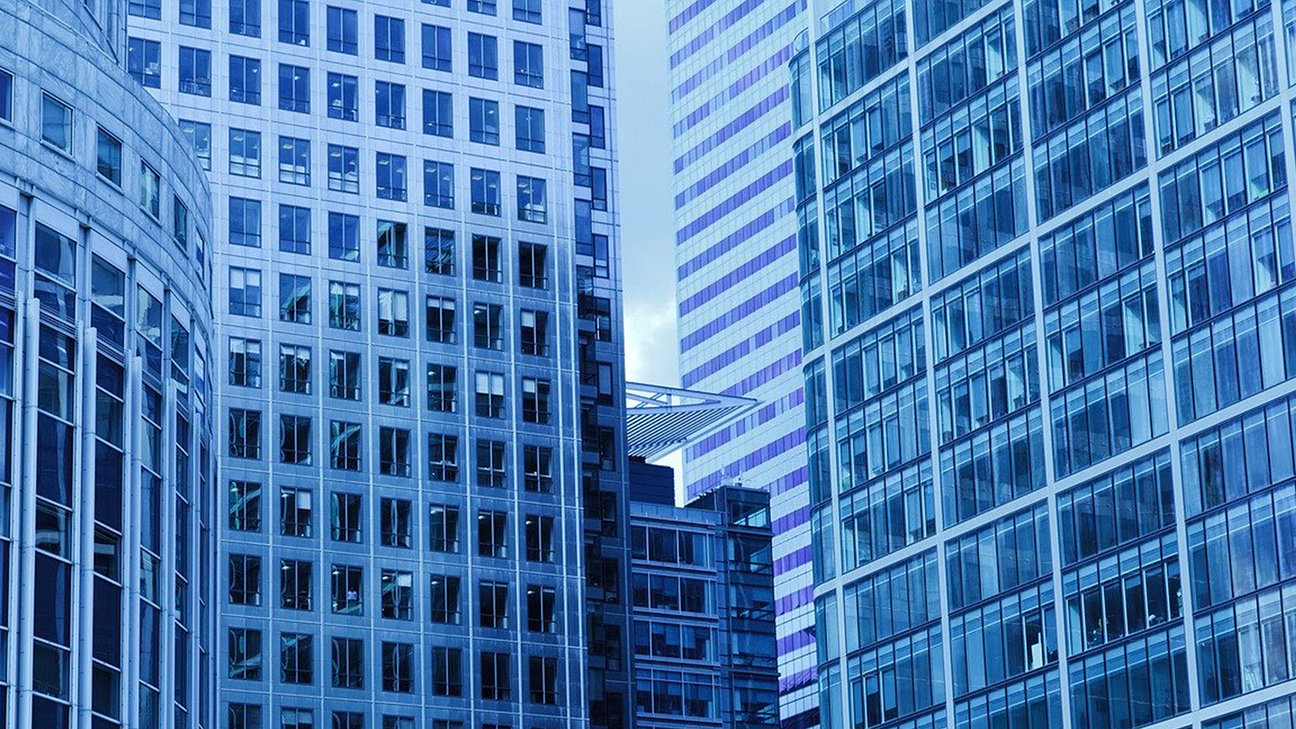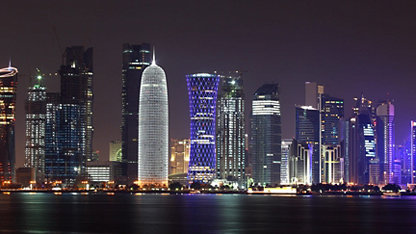RICS Global Commercial Property Monitor, Q1 2021
- Sentiment continues to improve standing at -18, the least negative reading since Q4 2019 and compares with a low of -37 in Q2 2020 during the onset of COVID
- Industrials remain the strongest part of the market, with global capital value predicted to rise further at headline level over the next year
- Sentiment suggests retail faces longest road to return to pre-COVID levels
- A scaling back of office footprint expected, with a hybrid model of office working emerging
Sentiment among global real estate occupiers and investors has continued to improve for the third successive quarter as hopes for economic recovery gather momentum with broadly similar trends across all regions.
Global recovery in sentiment continues
The RICS global indicator, which tracks the sentiment of occupiers and investors in commercial property, stands at -18, climbing up from -27 in the previous quarter, as recovery continues across global real estate. Whilst sentiment remains generally cautious, the latest reading is the least negative since prior to the pandemic and represents a notable increase from the recent low set during the first of wave, of -37 in Q2 2020.
The upturn in sentiment is broadly similar across the globe. Confidence is least negative within Asia Pacific markets, currently at -15, up from -25. Sentiment across Europe stands at a reading of -19 and across Americas markets it is -20, up from -26 and -29 respectively in the previous quarter. Sentiment in Middle East and Africa has also marginally improved to -22, up from -25. Whilst regional aggregates show a similar trend, sentiment at a country level differs to a greater extent.
Online spending bolsters industrial sector whilst retail faces longer road to recovery
The headline global indicator represents an improvement, but it masks significant differences in outlook at a sector level and between investors and occupiers. Industrials continue to drive performance as the strongest commercial real estate sector and is the single mainstream sector where global demand remains firm. The net balance tenant demand for industrials rose again from +19 to +28, whilst investment enquiries for this sector rose from +27 to +37. This broad pattern is also replicated in expectations for capital values and rents, with prices for prime industrial expected to rise by a further 4% at a headline level over the next year.
Offices and retail both remain in deeply negative territory regarding tenant demand, although have improved since Q4 2020. At a global level, retail shopping centres are viewed as taking the longest period to recover to pre-COVID levels. This was particularly evident in Europe and the Americas, although interestingly in both Asia Pacific and the Middle East and Africa the recovery period is seen as likely to be somewhat shorter, broadly matching the prospects for secondary offices and hotels.
Future office footprints to be scaled back with a hybrid model of office work emerging
As part of the Q1 2021 survey, respondents were also asked how they expected businesses to scale back their office real estate footprint over the next two years. The aggregate global measure continues to grow with a forecasted reduction of 8.6% compared to 7.8% in Q2 2020. That said, Asia Pacific and the Middle East and Africa felt less office space would be cut than in Q2 2020, particularly China, Singapore and Japan, the Americas and Europe drove the increase, with respondents in the United States, United Kingdom and France expecting the biggest cuts in office footprint, by between 12-14% over the next two years.
The results are consistent with a hybrid model of office work emerging, reflecting a greater desire for flexibility, albeit that corporate demand for space will to an extent be supported by de-densification of usage. Sub-leasing has been another common theme since the beginning of the pandemic, with 6.9% of office space globally estimated to have been subleased since the onset of COVID.
Perceived risk easing since pandemic onset
Feedback to a series of additional questions which focused on perceived risk in commercial real estate since the onset of COVID demonstrates that, whilst perceived risk remains elevated, it is less so than in Q2 2020. This is particularly true in the Netherlands, Croatia and Austria, however there are some notable exceptions. In Germany, Switzerland and Brazil perceptions of commercial risk have increased, whilst property in Oman is seen as significantly riskier than it was last year.
Edging closer to upturn phase of cycle
When respondents were asked where markets are in the real estate cycle, 39% view the market being in downturn, compared to 51% in the previous quarter and significantly, the share seeing the market as being in the upturn phase has climbed from just over one-quarter to more than one-third.
Tarrant Parsons, Economist at RICS, commented: “Whilst the effects of COVID-19 and the ongoing economic lockdowns across markets are continuing to grapple the sector, we are beginning to see a clear uptick across the industry. In truth, this is almost entirely being driven by the industrial sector, where key metrics capturing changes in occupier and investment demand are now signalling some of the strongest growth recorded since the survey was established in 2008. Alongside this, the outlook is also strengthening across several alternative asset classes such as data centres, aged care facilities and multifamily residential.
On the flipside of this, ongoing structural changes accelerated by the pandemic continue to negatively affect sentiment within the office and retail sectors, with weak demand and rising vacancies anticipated to feed into further, albeit slightly more modest, rental and capital value declines over the year to come.
We are starting to see clear patterns emerge on how offices will be used differently in the future. The impact of cultural differences across the globe and the opinions of workers will be key, with a hybrid model of work that reflects a desire for flexibility emerging."
*The Global Commercial Property Sentiment Index is a weighted composite measure capturing overall market momentum, encompassing variables on supply, demand, and expectations





















